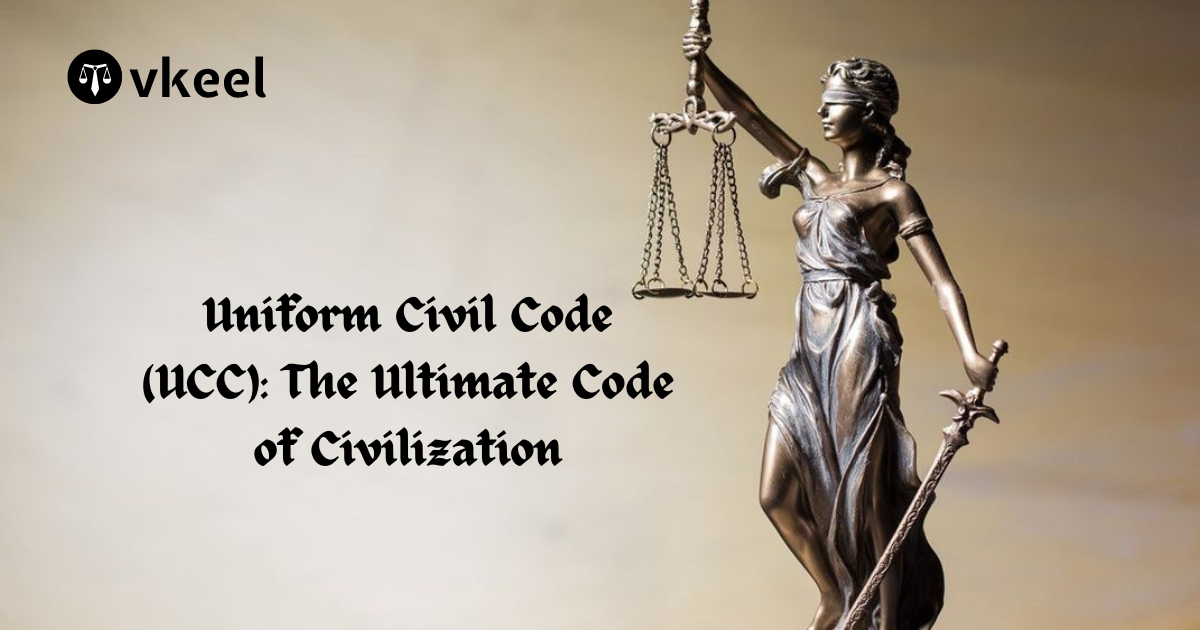Legal Process for Changing Your Name in India: An In-depth Guide
By Himanshu Kumar
Table of Contents
Introduction
The process of changing one’s name in India is a legally recognized procedure that allows individuals to adopt a new name for various personal, social, or professional reasons.
The primary objective of the legal process for changing one’s name in India is to ensure that the change is conducted transparently and with proper documentation, thereby preventing any potential misuse or fraudulent activities. By requiring an affidavit, newspaper publication, and Gazette notification, the process ensures that the individual’s intent to change their name is publicly known and legally recorded. This helps maintain the integrity of public records and official documents, ensuring that the new name is recognized and respected across various legal and administrative frameworks.
Additionally, the legal process for name change aims to protect the rights and identity of individuals. It provides a formal and legally recognized avenue for individuals to align their names with their personal, cultural, or social identities, including changes due to marriage, divorce, gender transition, or personal preference. By standardizing the procedure, the legal system ensures that all name changes are treated uniformly, thus safeguarding the individual’s identity and personal liberty while maintaining societal order and consistency in public records.
Reasons for Name Change
Individuals may choose to change their names for various reasons, including but not limited to:
- Marriage: Many women adopt their husband’s surname post-marriage.
- Divorce: Individuals may revert to their maiden name or adopt a new name after divorce.
- Personal Preference: Some people prefer a new name that better represents their identity.
- Numerology: Belief in numerology can prompt name changes for perceived better fortune.
- Gender Transition: Transgender individuals often change their names to align with their gender identity.
- Religious Conversion: Adopting a new name is common after converting to a different religion.
Legal Framework for Name Change
In India, the process of changing one’s name is governed by various statutes and regulations, which include:
- Indian Penal Code (IPC), 1860: Sections dealing with fraudulent acts if a name change is intended to deceive.
- Indian Succession Act, 1925: Relevant for name changes in the context of inheritance and wills.
- The Registration of Births and Deaths Act, 1969: Important for updating name changes in birth records.
- Passport Act, 1967 and Rules, 1980: Necessary for updating names on passports.
- Government of India’s Gazette Notification: A mandatory requirement for legally changing one’s name.
Step-by-Step Process for Changing Your Name
1. Affidavit Preparation
The first step in changing your name legally is to prepare an affidavit. This affidavit should state your current name, the new name you wish to adopt, and the reason for the name change. It must be signed by a Notary or a Judicial Magistrate.
Content of the Affidavit:
- Full details of the applicant.
- Father’s or husband’s name.
- Residential address.
- Date of birth.
- Current name and proposed new name.
- Reason for name change.
- Declaration affirming that the information is true and correct.
2. Newspaper Publication
After the affidavit is notarized, the next step is to publish a notice in at least two newspapers – one in the local official language and one in English. This is to ensure public notification of the name change and to invite any objections.
Details to be included in the Newspaper Notice:
- Full name of the applicant.
- Father’s or husband’s name.
- Residential address.
- New name proposed.
- Date on which the affidavit was made.
3. Gazette Notification
The most crucial step in the legal process is the publication of the name change in the Official Gazette of India. This step formalizes the name change and is required for updating official documents.
Procedure for Gazette Notification:
- Submit an application to the Department of Publication, Government of India.
- Include the notarized affidavit, copies of the newspaper publication, and a request letter.
- Pay the requisite fee.
- The Gazette notification will be published in a few weeks, officially recording the name change.
Updating Official Documents
Once the Gazette notification is published, the next step is to update your new name in all essential documents, including:
- Aadhaar Card: Submit the Gazette notification and other required documents to the UIDAI for updating the Aadhaar card.
- PAN Card: Submit the name change documents to the Income Tax Department.
- Passport: Apply for a reissue of the passport with the new name.
- Bank Accounts: Notify your bank and submit the required documents to update your name.
- Driving License: Contact the Regional Transport Office (RTO) with the necessary documents.
- Voter ID: Update your name in the electoral roll.
Case Laws on Name Change
Several landmark judgments have influenced the process and legal standing of name changes in India:
- J. Venkateshwarlu v. State of Andhra Pradesh (2002): This case emphasized the right to change one’s name as a facet of personal liberty under Article 21 of the Indian Constitution. The Andhra Pradesh High Court ruled that the right to change one’s name is inherent in the right to personal liberty, provided it is done legally and without intent to defraud.
- Smt. Neetu Singh v. State of Uttar Pradesh (2004): The Allahabad High Court reiterated that a woman has the right to revert to her maiden name post-divorce. The court highlighted that societal norms cannot override an individual’s right to their chosen identity.
- Lata Singh v. State of Uttar Pradesh (2006): The Supreme Court, in this case, upheld the right to change one’s name after marriage. The judgment reinforced that changing a surname post-marriage is a personal choice and should be legally recognized.
- National Legal Services Authority (NALSA) v. Union of India (2014): In a historic judgment, the Supreme Court recognized the rights of transgender individuals, including the right to self-identify their gender and adopt names aligning with their gender identity. This case was pivotal in acknowledging the significance of name changes for gender identity and personal dignity.
Amendments and Modern Developments
With the increasing recognition of personal identity rights, several legislative and procedural amendments have been made to simplify the name change process:
- Digitalization of Gazette Notifications: The Department of Publication has digitized the Gazette notification process, allowing applicants to submit documents and fees online. This has expedited the process and made it more accessible.
- Simplified Procedures for Women: Recognizing the frequent need for name changes post-marriage or divorce, many state governments have simplified the procedures for women. Some states allow direct updates in records like Aadhaar, PAN, and passports based on marriage or divorce certificates.
- Inclusion of Transgender Individuals: Following the NALSA judgment, the government introduced simpler procedures for name and gender changes for transgender individuals. The Transgender Persons (Protection of Rights) Act, 2019, mandates that name and gender changes be recognized across all government documents.
Practical Challenges and Recommendations
Despite the streamlined procedures, several practical challenges remain:
- Bureaucratic Delays: The process of Gazette notification and subsequent updates in official documents can be time-consuming due to bureaucratic delays.
- Awareness and Accessibility: Many individuals, especially in rural areas, are unaware of the legal procedures and their rights regarding name changes.
- Social Stigma: Changing one’s name, especially for reasons like gender transition, can attract social stigma and discrimination.
Recommendations:
- Public Awareness Campaigns: Government and non-governmental organizations should conduct awareness campaigns to educate people about the legal process and their rights.
- Training for Officials: Regular training programs for government officials can help reduce bureaucratic delays and ensure a more empathetic handling of name change requests.
- Support Systems: Establishing support systems and legal aid for individuals facing social stigma or discrimination during the name change process can provide much-needed assistance.
Conclusion
The legal process for changing one’s name in India is comprehensive, involving affidavit preparation, newspaper publication, and Gazette notification, followed by updating all official documents. While the legal framework and procedural steps are well-defined, practical challenges persist, necessitating continued efforts to streamline the process and raise awareness. Landmark judgments and legislative amendments have progressively recognized the right to change one’s name as an essential aspect of personal liberty and identity, reflecting a more inclusive approach to individual rights.
Disclaimer:
The information provided in the article is for general informational purposes only, and is not intended to constitute legal advice or to be relied upon as a substitute for legal advice. Furthermore, any information contained in the article is not guaranteed to be current, complete or accurate. If you require legal advice or representation, you should contact an attorney or law firm directly. We are not responsible for any damages resulting from any reliance on the content of this website.










